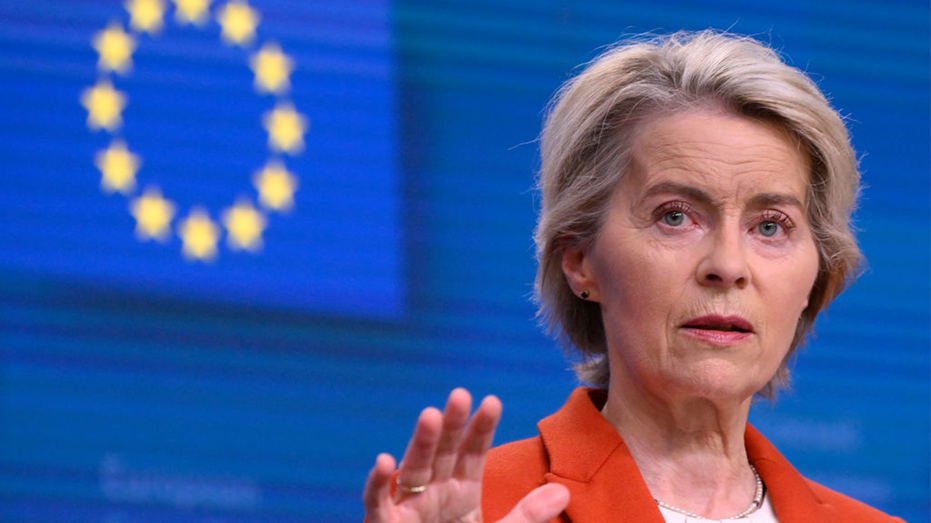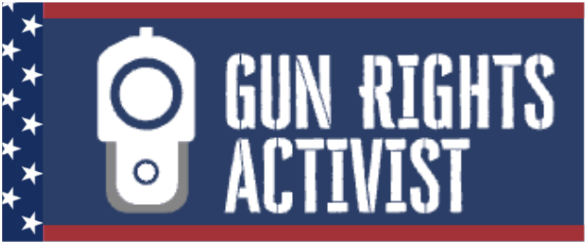As President Donald Trump’s Aug. 1 deadline approaches for a slew of trade deals, here’s a look at where U.S. tariffs stand and how they unfolded across the globe.
From steel to semiconductors, here’s a look at Trump’s global tariff rollout thus far.
Timeline:
Feb. 1: Trump signs an executive order to impose 10% tariffs on China and 25% tariffs on both Mexico and Canada. The executive order cited a national emergency over fentanyl smuggling and illegal immigration.
Feb. 3: Trump announces a 30-day pause on 25% tariffs on Mexico and Canada.
Feb. 4: The 10% tariffs on all Chinese imports come into effect.
Feb. 10: Trump unveils plans to place a 25% tariff on steel and aluminum imports.
Feb. 13: The president signs a plan for the U.S. to look at implementing “reciprocal” tariffs against countries that tax or limit American imports.
Feb. 25: Trump orders a tariff probe into copper imports, signaling a potential trade announcement.
March 4: Trump imposes an additional 10% tariff on Chinese goods, bringing the levy up to 20%. Separately, the 25% tariffs on Mexico and Canada take effect.
WHITE HOUSE SAYS CANADA HAS BEEN ‘DIFFICULT’ AS TRADE DEADLINE LOOMS
March 5: Following a meeting with automaker leaders Ford, General Motors and Stellantis, Trump grants a 30-day exemption on goods from Mexico and Canada.
March 12: The 25% tariffs on steel and aluminum take effect.
March 13: Trump threatens to impose a 200% tariff on European wines and spirits. The sky-high duty follows the European Union’s move to place a 50% levy on American whiskey.
FROM BOURBON TO BORDEAUX: TRUMP’S TARIFFS SPILL INTO GLOBAL BOOZE MARKETS
March 24: Trump says he will place a 25% tariff on all imports from any nation that purchases Venezuelan oil or gas.
April 2: During a “Liberation Day” event, Trump announces a 10% universal tariff on all imports and “reciprocal” tariffs for a slew of countries.
April 3: A 25% tariff on foreign-made cars comes into effect.
April 5: A 10% universal tariff on nearly all countries also takes effect.
April 9: Trump’s higher “reciprocal tariffs” begin just after midnight. Hours later, the president says he is issuing a 90-day pause on those duties, except for China. Trump raises tariffs on Chinese goods from 104% to 145%, the highest rate so far this year.
April 14: Trump says he is considering temporarily exempting the U.S. auto industry from tariffs, citing potential negative impacts on supply chains.
The president orders a probe into imports of computer chips and pharmaceuticals.
May 3: A 25% duty on auto parts comes into play.
May 4: Trump turns to Hollywood in his latest tariff threat and proposes a 100% duty on foreign-produced films.
May 8: The U.S. and U.K. announce a trade deal. Trump keeps a 10% minimum duty on U.K. goods in place.
May 12: Washington and Beijing agree to roll back tariffs for 90 days while their trade negotiators meet in Geneva. The U.S. brought tariffs from 145% down to 30%. Meanwhile, China dropped its 125% tariffs on U.S. goods to 10%.
A BREAKDOWN OF THE COUNTRIES FACING TRUMP’S TARIFFS
May 23: Trump says he will place a 25% tariff on all Apple products if the tech titan does not agree to make its iPhones in the U.S.
The president said he is also considering a potential 50% duty on European Union imports beginning June 1.
May 25: Following a discussion with EU Commission President Ursula von der Leyen, Trump says he will delay tariffs until July 9.

May 28: A U.S. federal court blocks some of Trump’s tariffs. Within a few hours, the administration filed an appeal.
May 29: In an apparent victory for Trump, a U.S. federal appeals court allows the tariffs to remain in place while the legal process unfolds.
June 4: Tariffs on steel and aluminum double to 50%.
July 2: Trump announces a trade agreement with Vietnam. The deal puts a 20% tariff on Vietnamese exports to the U.S. and 40% duty on transshipping. The levy on transshipping applies to goods that were made in other countries and then sent to Vietnam as a hub for export. All U.S. goods exported to Vietnam will have zero tariffs applied.
July 7: The White House announces that it will extend the reciprocal tariffs pause from July 9 to Aug. 1.
Goods from South Korea and Japan are subject to a 25% import tax, according to trade letters Trump posted on social media.
Additionally, Trump said he would impose a 10% tariff on countries that “align themselves with the anti-American policies of BRICS.” The BRICS alliance includes Brazil, Russia, India, China, South Africa as well as Indonesia, Iran, Egypt, Ethiopia and the United Arab Emirates.
July 8: The president pledges a 50% tariff on copper imports.
July 9: Trump announces a 50% tariff on Brazilian goods. The president singled out Brazil partly in retaliation for the ongoing prosecution of the country’s former president, Jair Bolsonaro.
July 10: The president announces in a Truth Social post that he will impose a 35% tariff on Canada due to Ottawa’s failure to stop the flow of fentanyl into the U.S.
July 12: Trump says the U.S. will place a 30% tariffs on the EU and Mexico in separate letters shared on Truth Social. The new levies are slated to take place on August 1.
Read the full article here







Leave a Reply